Maruni's new collections combine Japanese skills with humble functionality
Presented at Salone del Mobile 2024, Maruni's new collections include furniture by the brand's art director Naoto Fukasawa as well as Cecilie Manz and Jasper Morrison
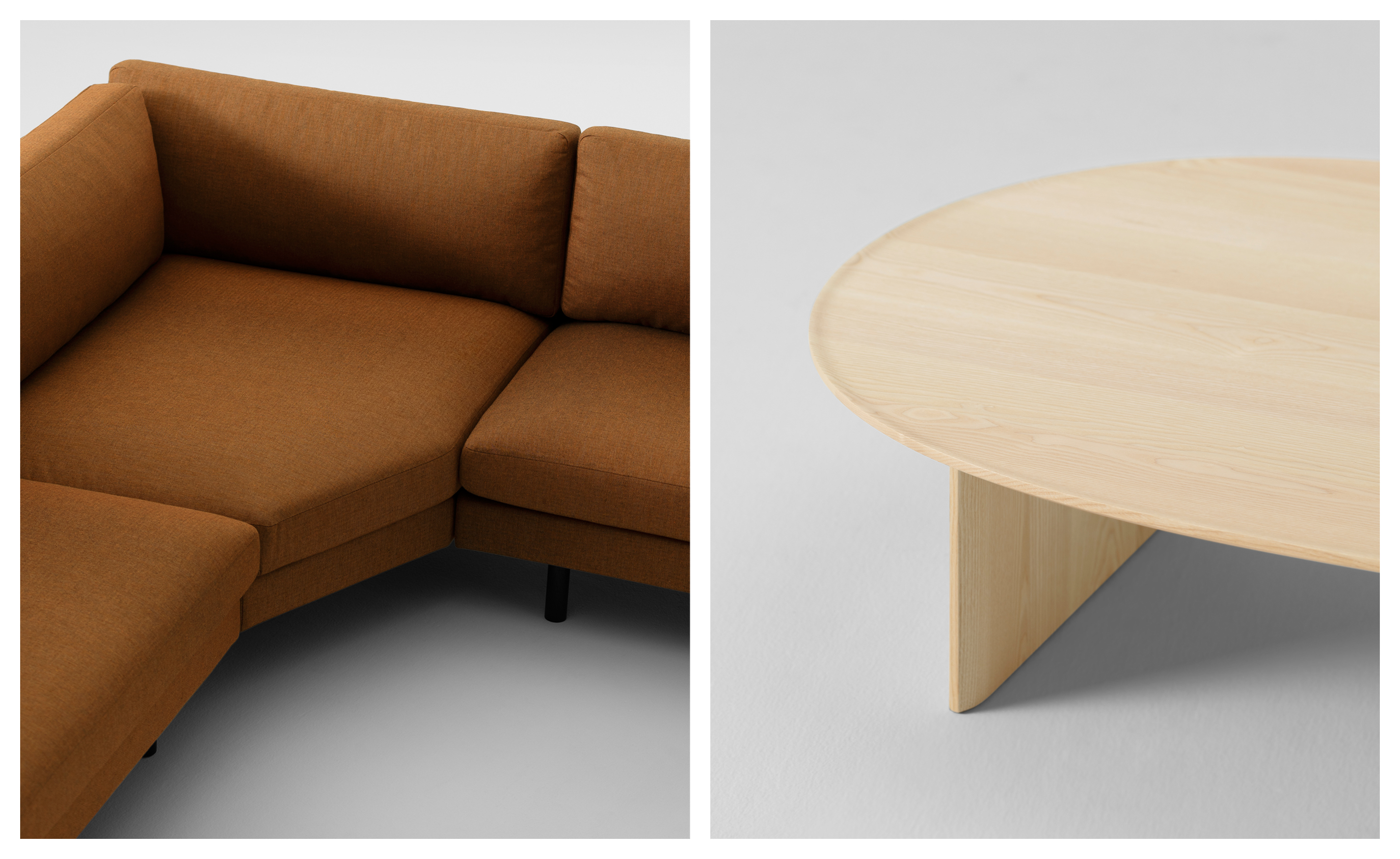
Shoto. The Japanese word for archipelago shapes Maruni's new collection of wood tables, whose organic oval forms with gently curved surfaces in varied sizes and heights bring to mind a scattering of islands floating in the sea. The Shoto table series, designed by Copenhagen-based Cecilie Manz, forms part of the new collection, which was unveiled at Salone del Mobile 2024 by the Japanese furniture makers.
Key pieces by Japanese designer Naoto Fukasawa – who as the brand’s art director, also designed the clean-lined exhibition space – and London-based Jasper Morrison were also launched by Maruni, the Hiroshima-based company long celebrated for balancing wood craftsmanship with industrial production.
Maruni new collections at Salone 2024

Maruni's new collections shown at the company's stand at Salone del Mobile 2024
The Shoto tables by Manz consist of an organic oval shape stretched into a range of different sizes, on top of minimal plank legs – one side straight, the other softly curved –in varying heights. Crafted in maple, ash, oak or walnut with subtly milled-out surfaces evoking a tactile crafted atmosphere, there is also a rectangular version, plus variations with single metal legs evoking a café-like atmosphere.
'My task was to make tables like accessories,' Manz, who has collaborated with Maruni since 2022, tells Wallpaper*. 'So I started by making a very small one – somewhere to place your bags, or to put on top of another table for small treasures, or maybe a side table. Then we began to think about doing a bigger one – then a very large one – and the collection naturally grew. There are three sizes in different heights and dimensions and you can mix the materials. They’re one family. The archipelago thinking came from the idea of these stepping stones of small islands.'

Shoto tables by Cecilie Manz
For Manz, a key element was Maruni’s technical woodworking capability: 'Maruni has a lot of courage to invest in what it takes to scale up production and also invest in machinery to make nice details. This is not possible with many other manufacturers. This meant we were able to mill out the wood from the surface of the tables – so it then has this soft tray-like feeling with frames the space.'

Hiroshima sofa by Naoto Fukasawa
Fukasawa also showcased several new pieces, including an updated modular version of his Hiroshima sofa, with a generously-sized corner segment and seat cushion enhancements. Showing Wallpaper* the Hiroshima sofa – whose sister chair fills the canteen of the Apple Park canteen in California – Fukasawa explains: 'A sofa is a key product for daily living. Maruni has the technology not only for making wooden chairs, but also sofas. We updated it now so it is a bit bigger and it’s modular for the first time which makes it more flexible in spaces.'

Open Shelf by Naoto Fukasawa
The sofa is complemented by Fukasawa’s new Open Shelf, a low-level unit whose sculptural wood panel form aligns with the diagonal slope of the back of the Hiroshima sofa – adding, as Fukasawa puts it, 'pleasure and richness to the sofa-centred living space.'
Receive our daily digest of inspiration, escapism and design stories from around the world direct to your inbox.
Another product unveiled by Maruni at Salone is Fukasawa’s ST Table 240, with a new ceramic tabletop with a smoothly matte surface evoking the deep organic patterns of Nero Marquina marble. Highlighting the values that underpin his designs for Maruni, Fukasawa adds: 'It’s about supporting quality of life. Furniture should be humble, not outstanding. People trust both function and design.'
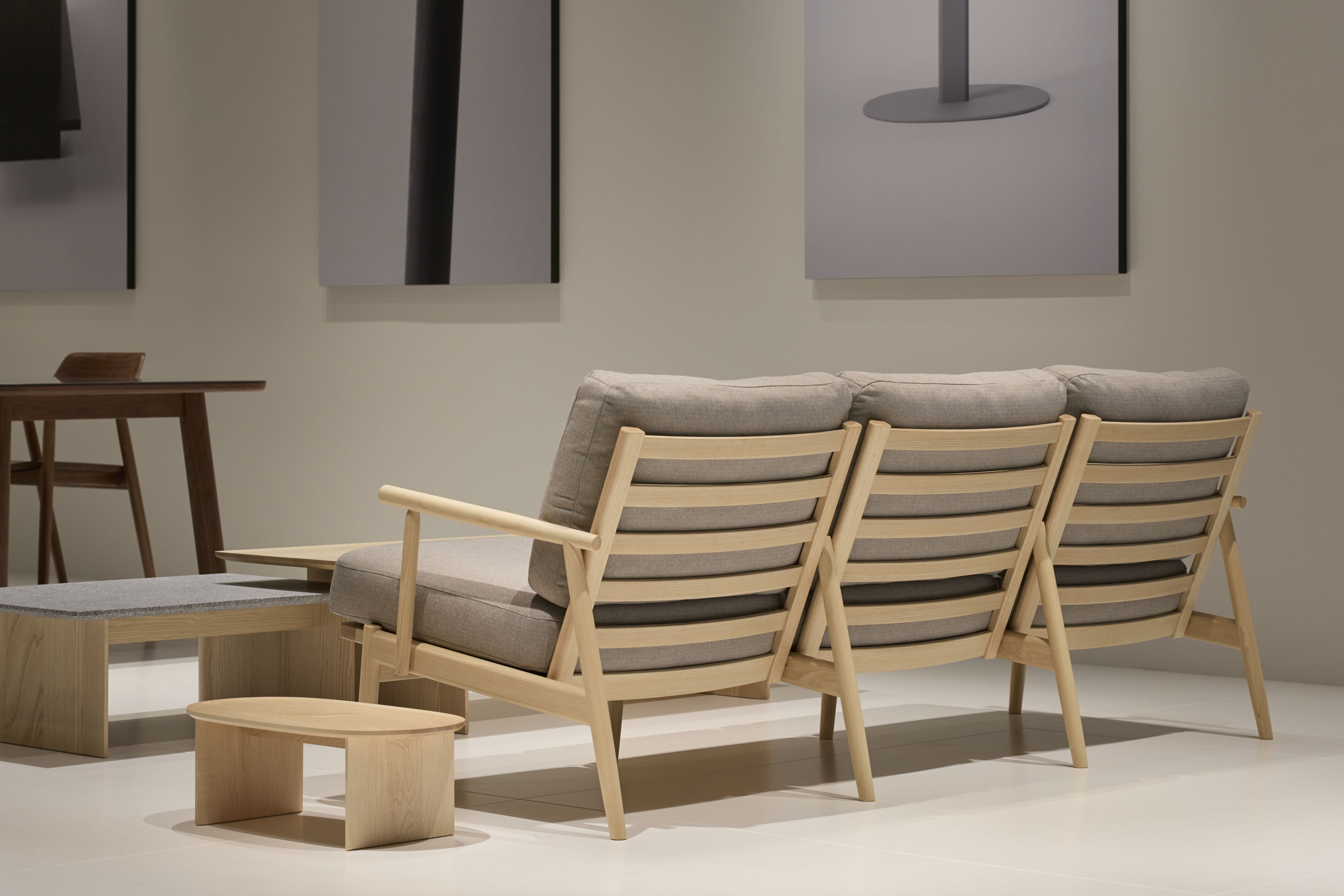
Lightwood sofa by Jasper Morrison
Morrison, a long-time Maruni collaborator who previously spent 11 years living in Japan, also unveiled his new Lightwood sofa – a clean-lined modular sofa unit with simple circular light ash wood armrests and a minimal, crafted atmosphere. Summing up the design of the sofa – the latest in a series of Lightwood products – Morrison describes it to Wallpaper* as 'crafted, lightweight and modular,' adding: 'When I started, I thought what is the minimum structure we can achieve. The woodwork is so nice, I didn’t want to completely cover it up with a big fat cushion, I wanted to keep it super slim.'
The sofa joins a growing family of Morrison-designed products for his Lightwood series, including a range of chairs, tables and stools, all balancing a lightness of form with a structural simplicity and the crafted beauty of the natural materials.
Describing Japan as a continuing source of inspiration, he adds: 'I’m very into the whole thing – the green tea, the mingei, the qualities that are achieved in all those different areas, the incredible diversity of craftsmanship and how many different skills and techniques there are.'
For Hiroshi Yamanaka, president of Maruni, the new pieces collectively embody the philosophies of the company, which was launched nearly a century ago with the founding concept of 'industrialised craftsmanship.'
'When making furniture, one must be conscious of the senses,' he says. 'Whenever you sit in a chair, there’s a certain tactility, scent and sound. It should not only be comfortable but also improve quality of life and enrich space.'
Danielle Demetriou is a British writer and editor who moved from London to Japan in 2007. She writes about design, architecture and culture (for newspapers, magazines and books) and lives in an old machiya townhouse in Kyoto.
Instagram - @danielleinjapan
-
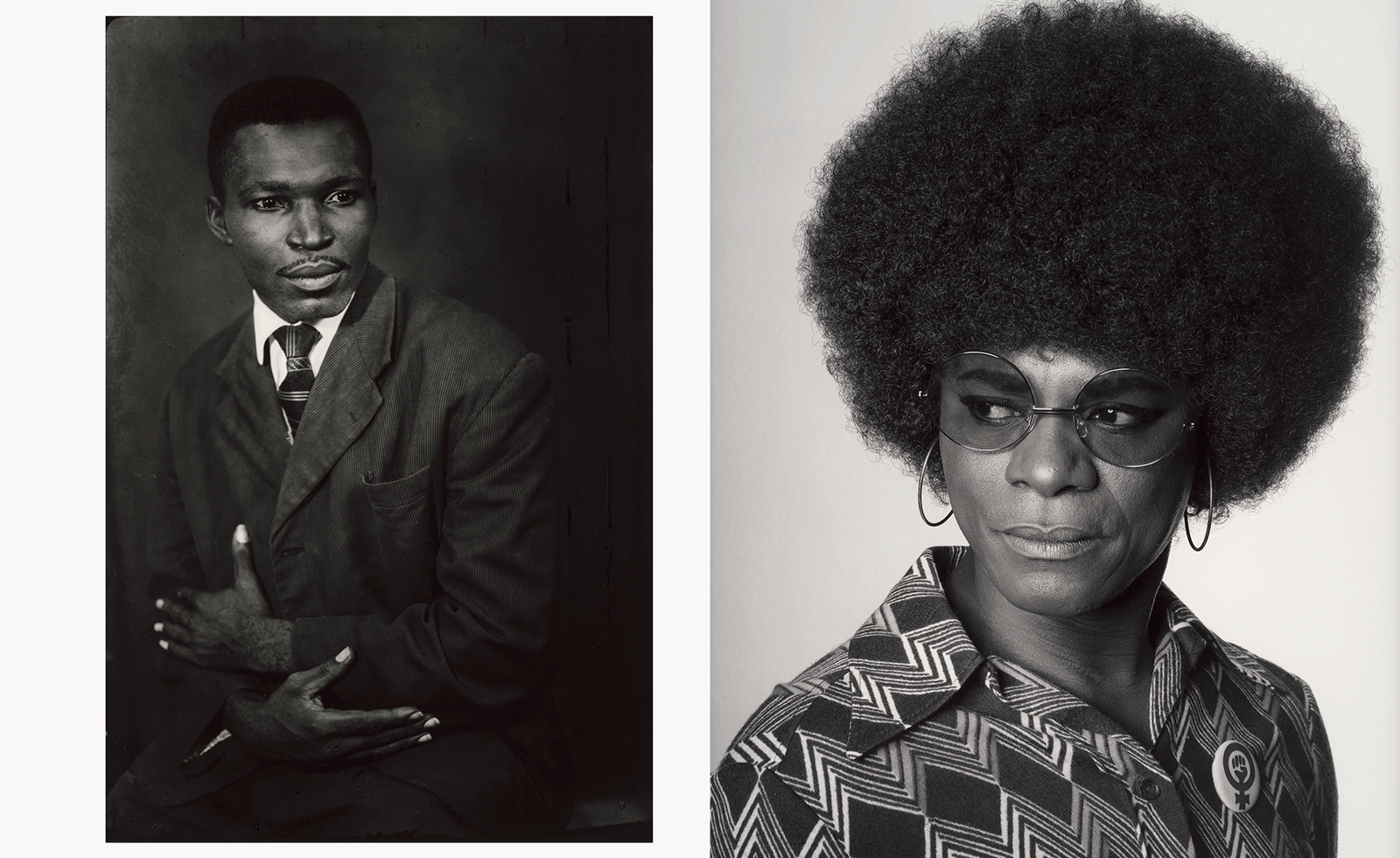 MoMA celebrates African portraiture in a far-reaching exhibition
MoMA celebrates African portraiture in a far-reaching exhibitionIn 'Ideas of Africa: Portraiture and Political Imagination' at MoMA, New York, studies African creativity in photography in front of and behind the camera
-
 How designer Hugo Toro turned Orient Express’ first hotel into a sleeper hit
How designer Hugo Toro turned Orient Express’ first hotel into a sleeper hitThe Orient Express pulls into Rome, paying homage to the golden age of travel in its first hotel, just footsteps from the Pantheon
-
 These Kickstarter catastrophes and design duds proved tech wasn’t always the answer in 2025
These Kickstarter catastrophes and design duds proved tech wasn’t always the answer in 2025Odd ideas, Kickstarter catastrophes and other haunted crowd-funders; the creepiest, freakiest and least practical technology ideas of 2025
-
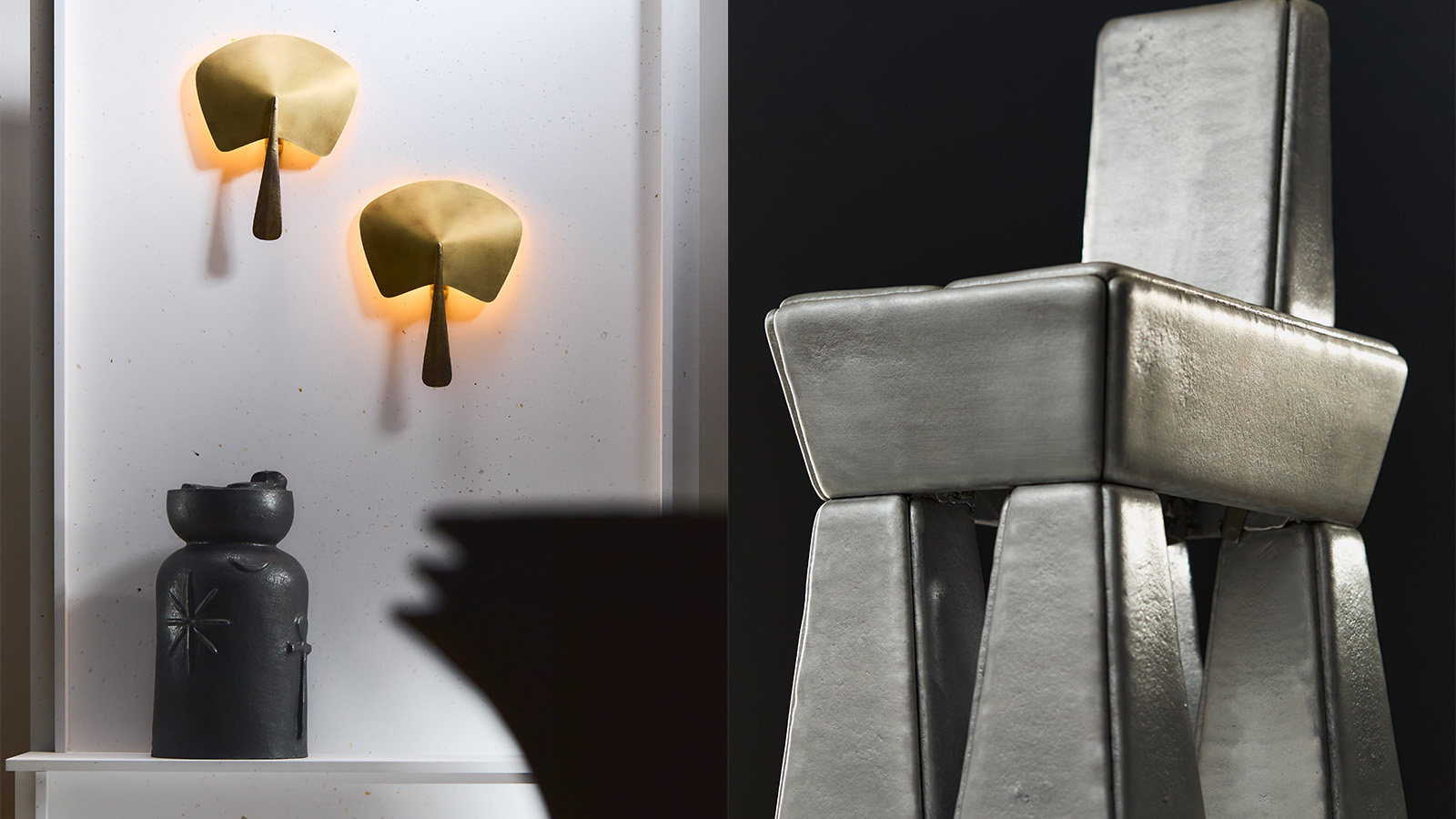 20 emerging designers shine in our ‘Material Alchemists’ film
20 emerging designers shine in our ‘Material Alchemists’ filmWallpaper’s ‘Material Alchemists’ exhibition during Milan Design Week 2025 spotlighted 20 emerging designers with a passion for transforming matter – see it now in our short film
-
 Delve into the Wallpaper* Design Directory 2025, on sale now
Delve into the Wallpaper* Design Directory 2025, on sale nowIn the July issue of Wallpaper*, find a photographic love letter to Milan Design Week, plus the best new furniture, lighting, kitchens, bathrooms and more
-
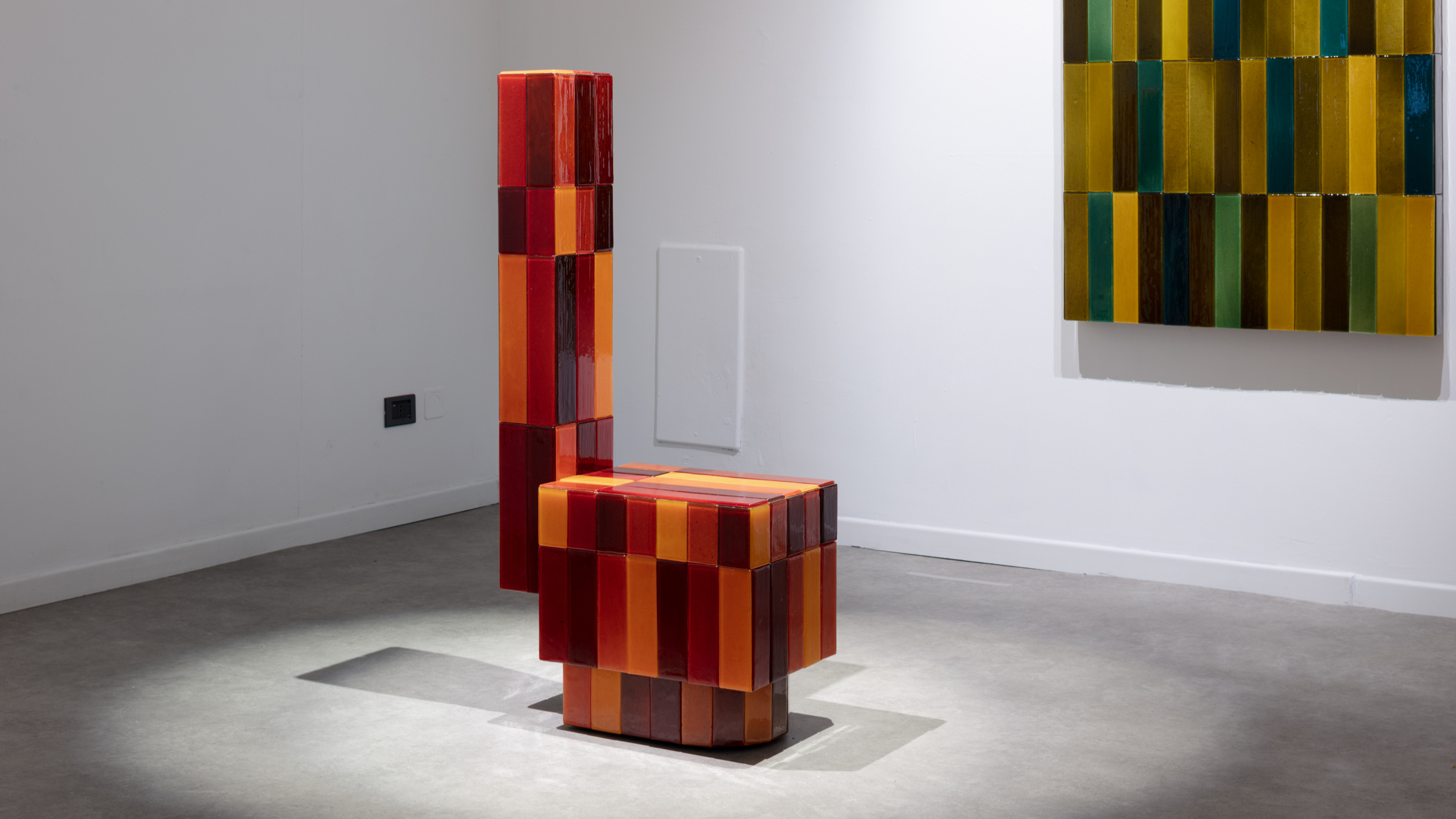 Tokyo design studio We+ transforms microalgae into colours
Tokyo design studio We+ transforms microalgae into coloursCould microalgae be the sustainable pigment of the future? A Japanese research project investigates
-
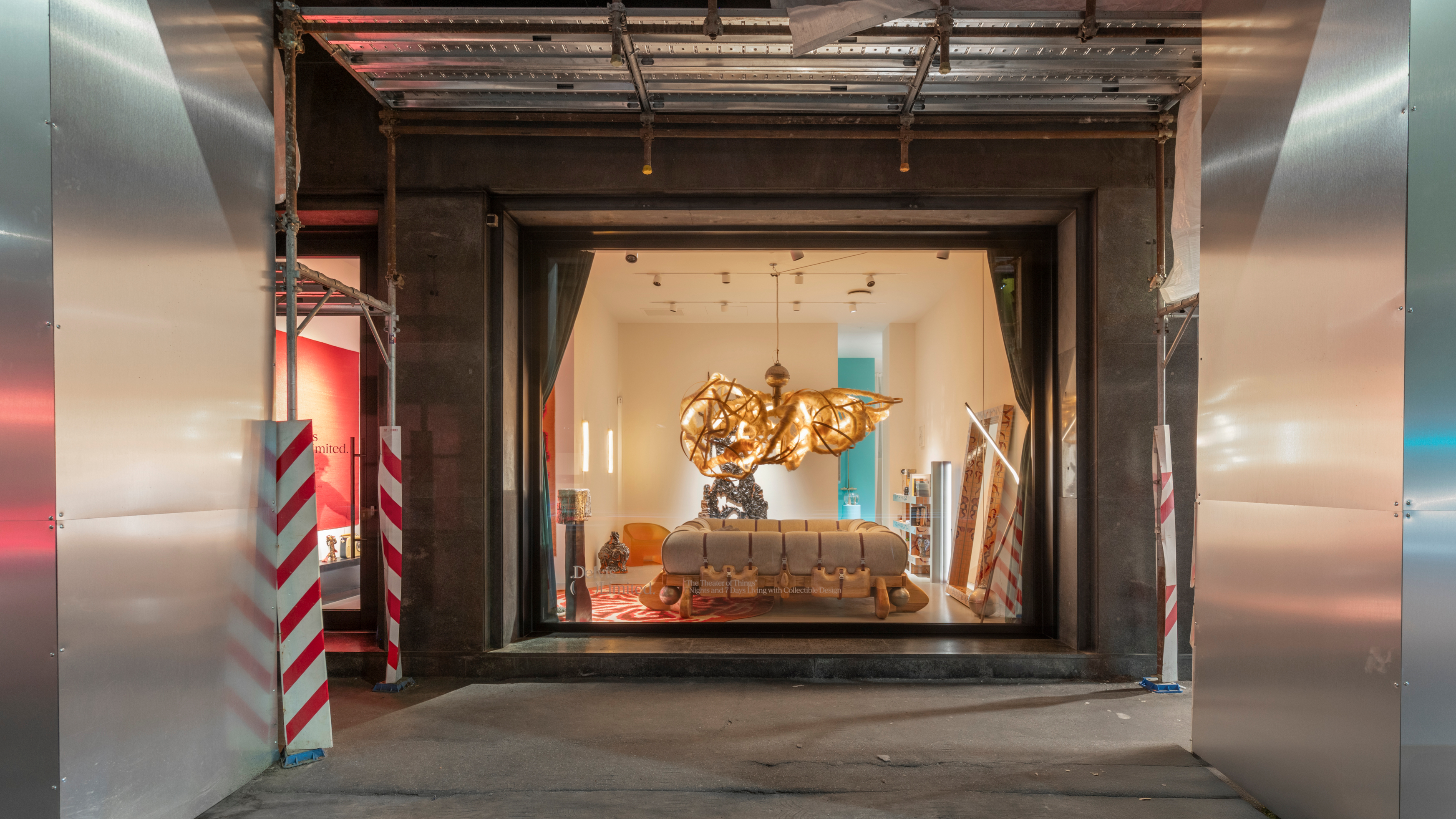 Delvis (Un)Limited turns a Brera shopfront into a live-in design installation
Delvis (Un)Limited turns a Brera shopfront into a live-in design installationWhat happens when collectible design becomes part of a live performance? The Theatre of Things, curated by Joseph Grima and Valentina Ciuffi, invited designers to live with their work – and let the public look in
-
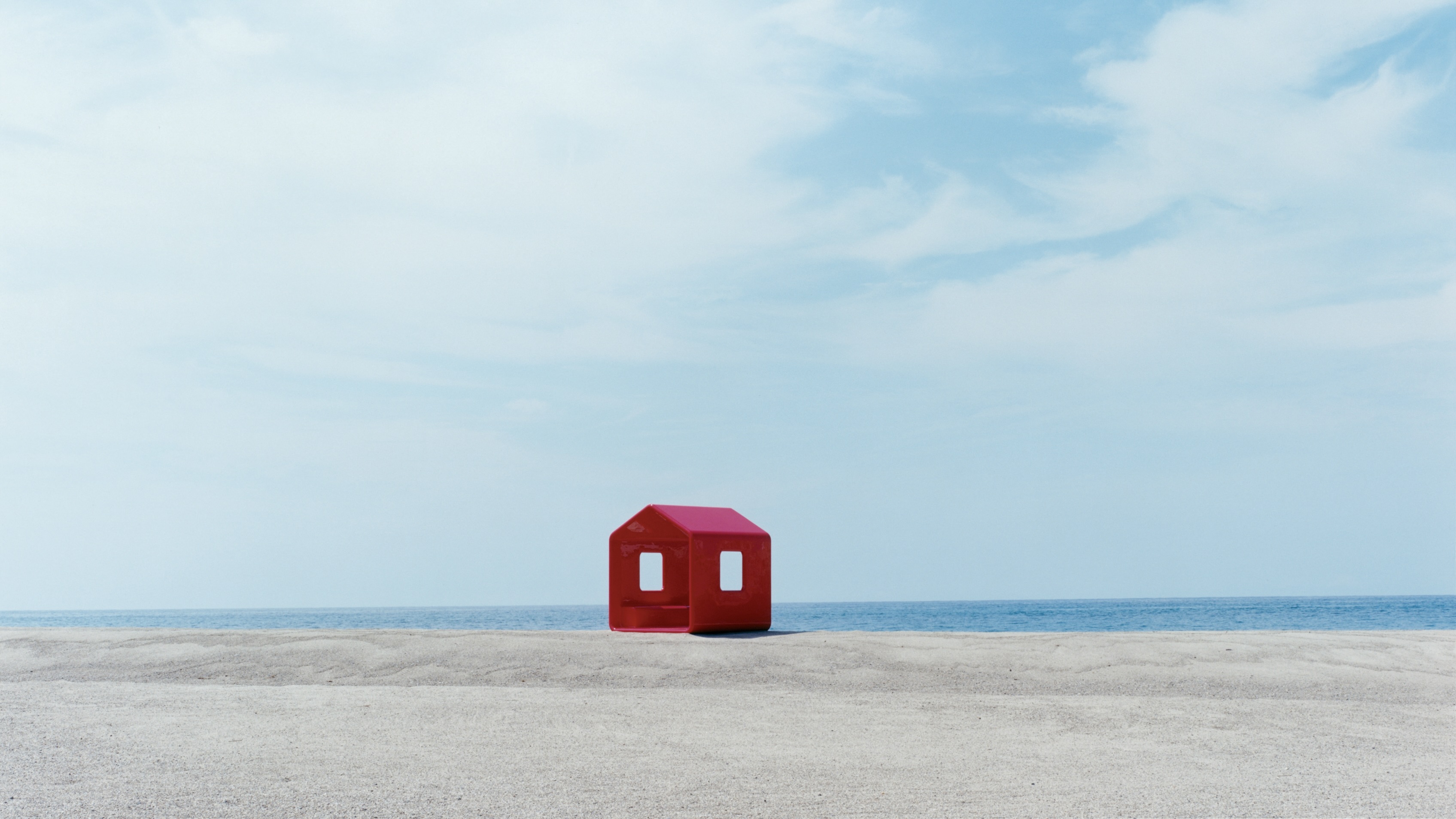 Naoto Fukasawa sparks children’s imaginations with play sculptures
Naoto Fukasawa sparks children’s imaginations with play sculpturesThe Japanese designer creates an intuitive series of bold play sculptures, designed to spark children’s desire to play without thinking
-
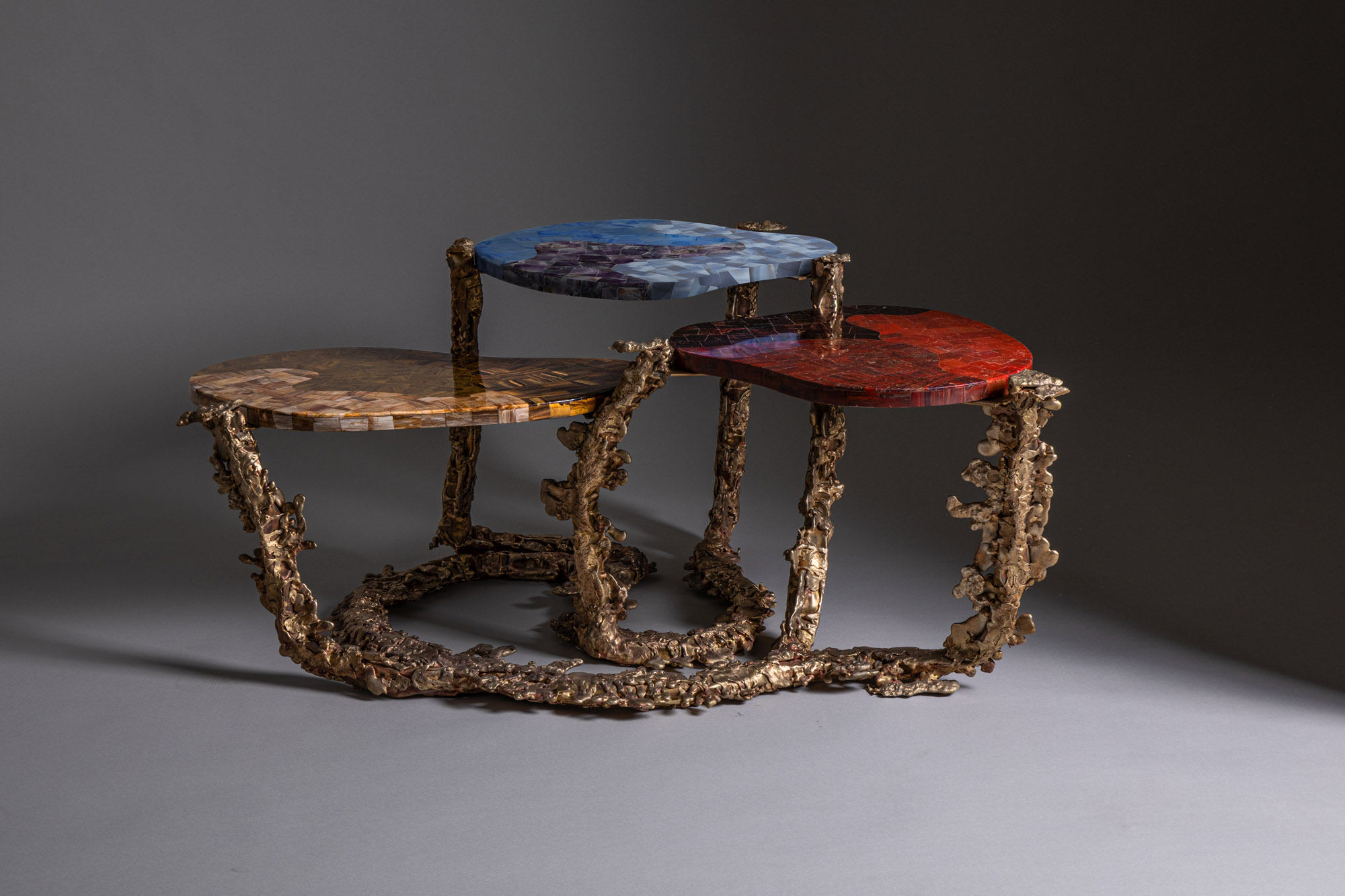 Inside the Shakti Design Residency, taking Indian craftsmanship to Alcova 2025
Inside the Shakti Design Residency, taking Indian craftsmanship to Alcova 2025The new initiative pairs emerging talents with some of India’s most prestigious ateliers, resulting in intricately crafted designs, as seen at Alcova 2025 in Milan
-
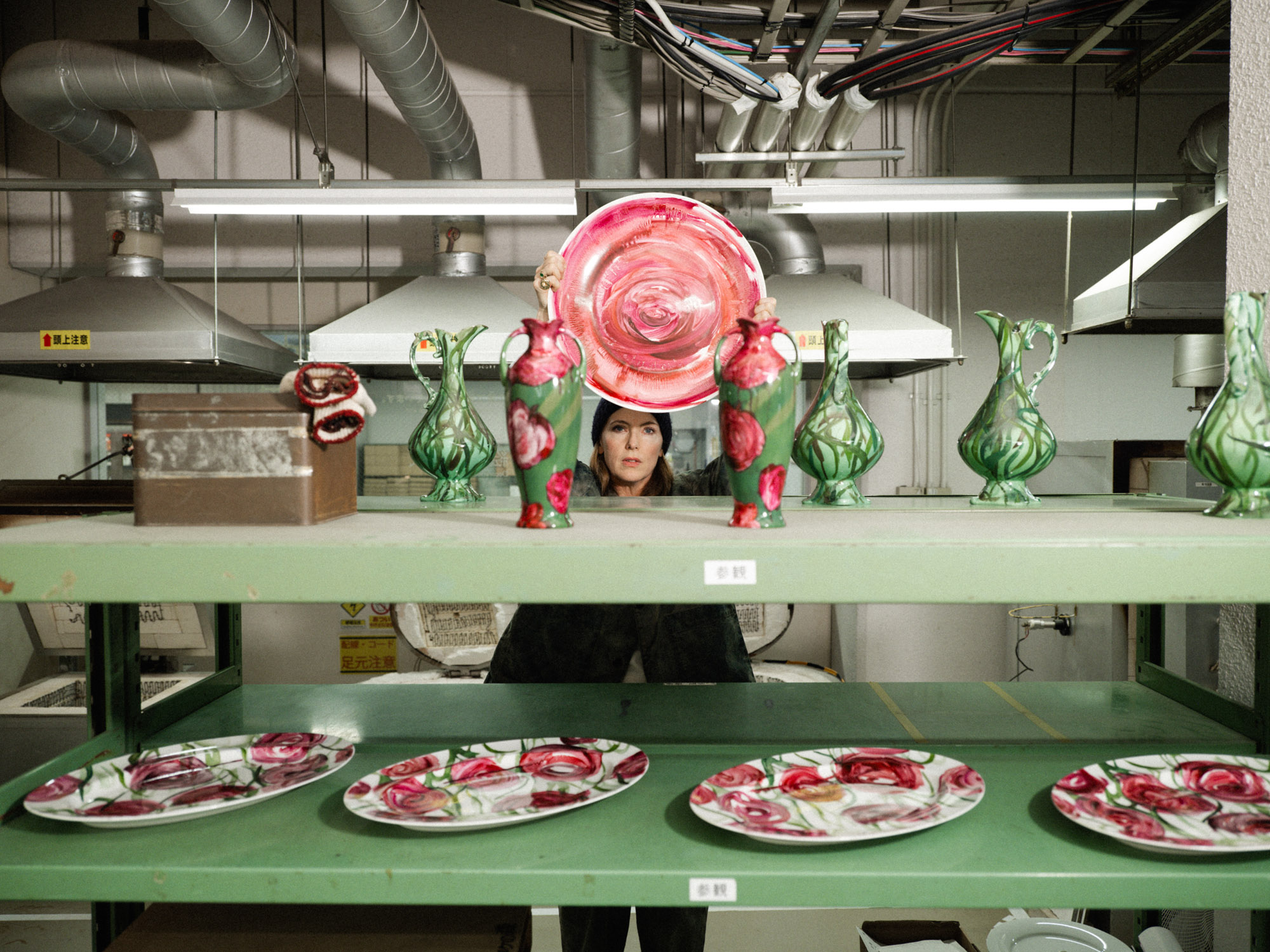 Faye Toogood comes up roses at Milan Design Week 2025
Faye Toogood comes up roses at Milan Design Week 2025Japanese ceramics specialist Noritake’s design collection blossoms with a bold floral series by Faye Toogood
-
 6:AM create a spellbinding Murano glass showcase in Milan’s abandoned public shower stalls
6:AM create a spellbinding Murano glass showcase in Milan’s abandoned public shower stallsWith its first solo exhibition, ‘Two-Fold Silence’, 6:AM unveils an enchanting Murano glass installation beneath Piscina Cozzi